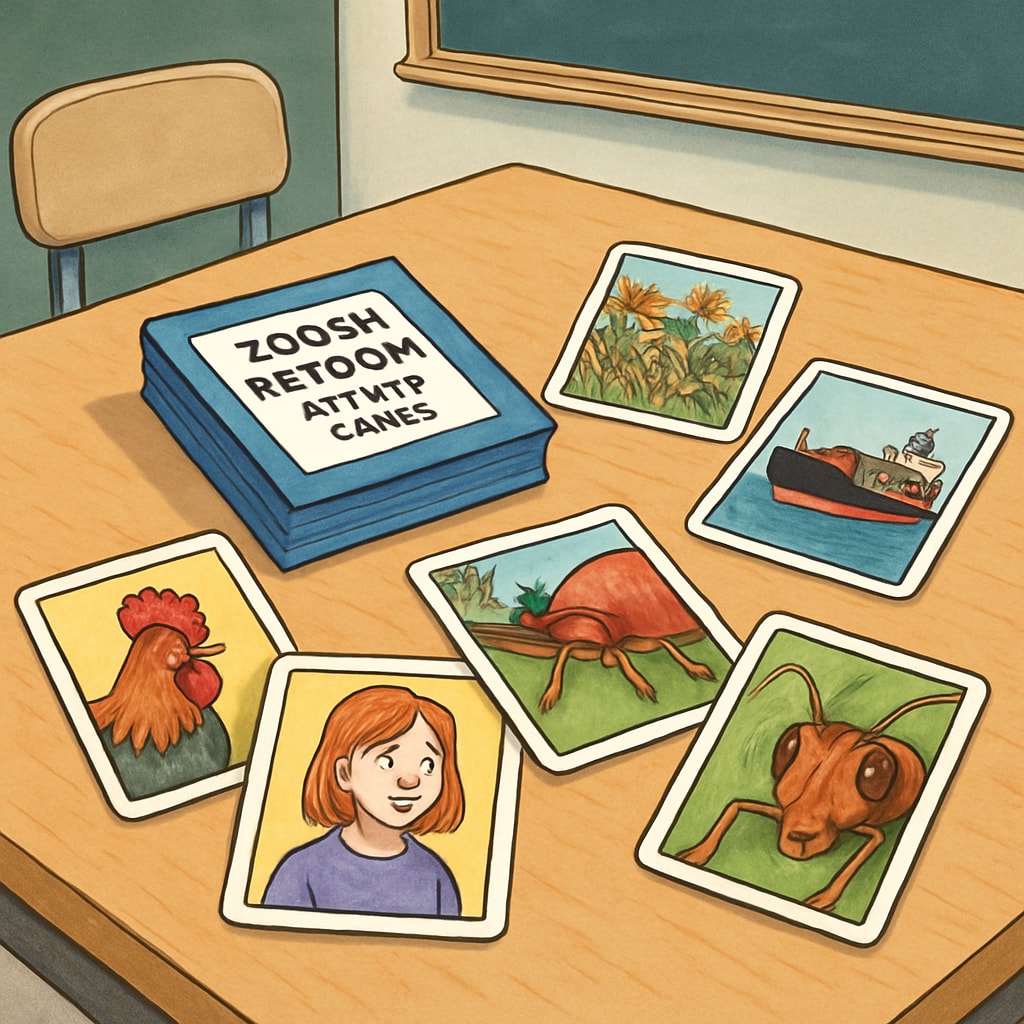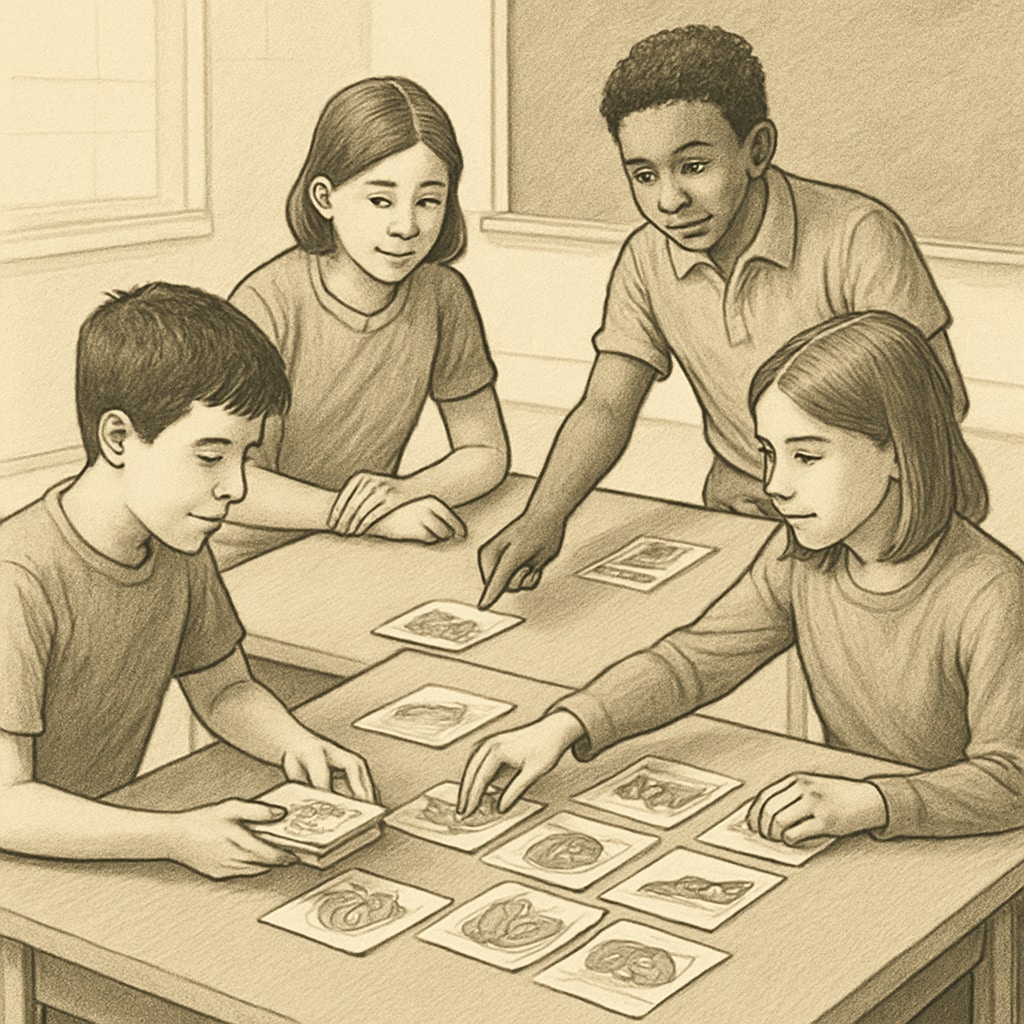For educators working with the highly engaging Zoom and ReZoom activities, organizing the teaching materials in the correct sequence can sometimes feel like solving a puzzle. These activities are designed to inspire collaboration, critical thinking, and observation in K-12 classrooms, but their effectiveness hinges on maintaining the correct order. In this article, we will provide you with a systematic approach to arranging Zoom/ReZoom materials. By identifying visual clues, understanding progression logic, and utilizing community resources, you can unlock the full teaching potential of these brilliant activities.
Understanding the Zoom and ReZoom Activity Structure
Zoom and ReZoom by Istvan Banyai are wordless picture books that use sequential storytelling to widen or narrow the perspective on a scene. The Zoom activity starts with a close-up and gradually zooms out, while ReZoom reverses the process by starting with a broad view and zooming in. These activities encourage students to work together to reconstruct the story in its intended sequence.
To achieve success, the materials must be arranged in the proper order. Each image contains subtle visual clues that connect it to the next piece of the puzzle. For example, a close-up of a rooster’s eye may zoom out to reveal the entire rooster in the next frame. Misplacing even one image can disrupt the flow and undermine the learning outcomes.

Tips for Organizing Zoom/ReZoom Materials
To ensure a seamless classroom experience, follow these steps to organize and sequence your Zoom/ReZoom materials:
- Study the Visual Clues: Carefully examine each card for subtle details that indicate its connection to other images. Look for shared elements like colors, patterns, or objects that appear consistently across images.
- Understand the Narrative Flow: Think about the activity’s overarching logic. Zoom typically progresses from a micro to macro view, while ReZoom does the reverse. Keeping this in mind will help you identify the starting point and the sequence.
- Utilize Community Resources: Many educators face the same challenges when working with these activities. Online forums, teaching blogs, and social media groups can be invaluable resources. For instance, platforms like Teachers Pay Teachers and Reddit’s teaching community often have tips and pre-arranged sequences shared by experienced users.
- Test the Sequence: Once you believe you’ve arranged the images in order, test it with a small group of students or colleagues. Observing how they interact with the materials can reveal potential errors or confirm the accuracy of your sequence.
Using Zoom/ReZoom Activities to Foster Key Skills
When implemented correctly, Zoom and ReZoom activities can develop a variety of essential skills among students:
- Collaboration: Students must communicate and work together to sequence the cards successfully. This promotes teamwork and mutual respect.
- Observation: The activities train students to pay attention to detail, which enhances their observational skills and ability to notice patterns.
- Critical Thinking: Reconstructing the narrative requires logical reasoning and problem-solving, helping students develop critical thinking skills.

Final Thoughts on Mastering Zoom/ReZoom Activities
Arranging Zoom and ReZoom teaching materials in the correct sequence may seem daunting at first, but by following a structured approach, it becomes an engaging and rewarding process. Begin by studying the visual clues and understanding the narrative logic of the materials. Don’t hesitate to leverage online communities and resources to refine your sequence further. When implemented effectively, these activities can transform your classroom into a hub of collaboration, creativity, and critical thinking.
By mastering the art of sequencing, you can ensure that students fully benefit from the educational potential of Zoom and ReZoom activities. So, gather your materials, involve your students, and enjoy the journey of reconstructing these fascinating visual narratives!
Readability guidance: Use short paragraphs, employ lists to summarize key points, and incorporate transition words (however, therefore, for example) to maintain flow and clarity. Limit passive voice and keep sentences concise for enhanced comprehension.


